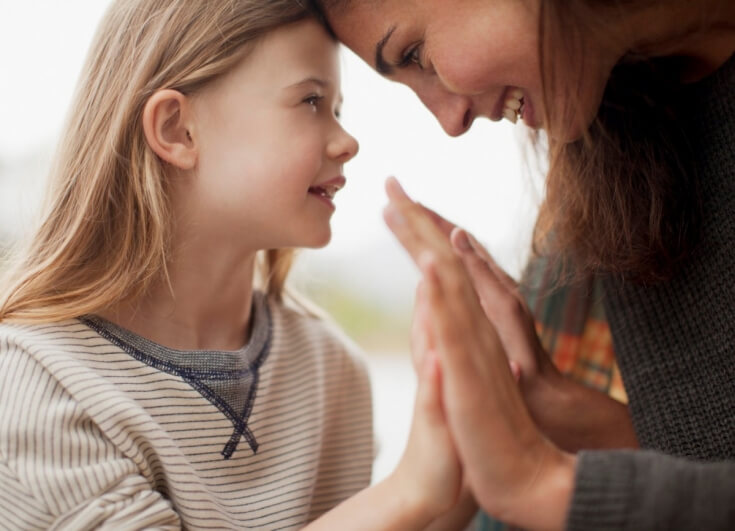CHILDREN NEED SUPPORT NOW!
Whether it’s a toddler, a schoolboy or a teenager.When there is a stable adult around, it is easier for a child to accept even the most terrible changes in his life.
Since the end of February this year, I’ve written many posts on how to support children; what to do if behavioral problems and even disorders (tics/enuresis, etc.) appear. All saved in the feed, as well as in the current “help kids. now” posts.
I want to remind you once again how important YOUR EMOTIONAL STATUS is and what you need (in terms of a practicing psychologist, in fact, you as a mom/dad know WHAT your child needs) to give your child in order to preserve his fragile inner world.

THE CHILD NEEDS YOU!
Your sober mind and presence. Not just physically (mom is there, but her head buried in her thoughts and worries), but also emotionally. It’s when you disconnect from everything and are with him/her here and now.
What you do in the “here and now” doesn’t matter. You can talk, play, sculpt, cook, whatever.
PHYSICAL CONTACT.
When we’re scared, we want to huddle up and wrap our arms around ourselves. We want to take cover. We want a hug, we want to feel support physically. Hugs, deep hugs help children feel safe.
WE SAVE THE CHILD’S OWN LIFE (as much as possible).
That is routine. Routine is in fact routine, as it is clear, studied and tested. And what is understood and tested is safe.
WE FOLLOW THE REGIMEN.
At least going to bed and getting up. This way the child’s nervous system will be more stable and we will reduce the risk of overexcitement.
ASK FOR HELP AND HELP OTHERS.
If there are other meaningful stable adults around – change. If you feel you have strength and resources – offer help. Mutual aid is an important component of any social group.
REDUCING EXCITERS.
Whether it’s noisy places/events, whether it’s a lot of computer games/gadgets. Reduce, but not eliminate, especially if the activity is something the child enjoys. You shouldn’t (read punish, because that’s how kids perceive it) a child’s enjoyment, just because the psychologist said so.
But if you see that the child is anxious and agitated, it is worth thinking about minimizing the stimuli. Think about it, minimize it, and look at the child. Did it help? Has he become calmer? Then it fits. If not, or has become even more nervous, then here I would recommend getting help from a specialist (starting with a neurologist) and finding together a method of stabilizing the central nervous system that is suitable for your child.
LET THE CHILD FEEL.
The child may not understand what is going on, but he or she feels everything. Saying “don’t worry, it’s okay” doesn’t help, but rather suppresses the feelings. So talk to your child about how you are feeling (fear/anxiety and so on, but in a gentle way) and ask what he/she is feeling.
Share those feelings. Help him understand and live through them and give him the support: “I am there, I am always there, I am your mom and always will be” and tell him what to expect (even if there is no change). Just give him back his usual routine and thereby calm his nervous system.
GIVE YOUR CHILD A CHANCE TO VENT HIS EMOTIONS.
Especially fears. I have written about it before (period: March 2022 – May 2022), there are posts about how to react to fear and about the fear of death and about plasticine therapy. And if you scroll even further down the profile, you can find games aimed at releasing negative emotions.
LIMIT THE CHILD’S ACCESS TO THE MEDIA
Reports, photos from the scene of tragic events – all of this is in the can (for the child). This is especially important for children of preschool and primary school age. Often we think that children don’t understand what adults are talking about/seeing. But as I wrote earlier, they may not understand, but they feel it. Watching this kind of … “material” can cause nightmares or difficult thoughts in children.
WATCHING THE BEHAVIOR OF THE CHILD (his emotional state).
What do we need to look for?
To the changes. This means that the child has become overly active, or conversely, active has become passive, fearful or aggressive. Changes in the child’s behavior are a sign of stress.
If you notice these changes:
a) using the guidelines I described above
b) pay attention to my posts under the hashtag #stressanitaprof
c) seek help from a professional
TAKING CARE OF YOURSELF.
By taking care of ourselves and our emotional state, we help our children as well. My point was that a child under stress needs an adult. A resilient adult. And without self-care, that adult is hard to become.
Seek help from psychologists, keep doing what you think is important and necessary, be sure to exercise (physical activity helps convert negative stress into “positive” stress).
TAKE CARE OF YOURSELF. TAKE CARE OF YOUR CHILDREN.
P.S. There’s a lot of supportive information on the instagram blog, and @silaskazki’s profile is full of helpful therapeutic tales, including a video format (just an alternative to cartoons). Also, don’t forget the actual stories. There’s even more useful material saved in them.
More information from Anita Vayakanti:
